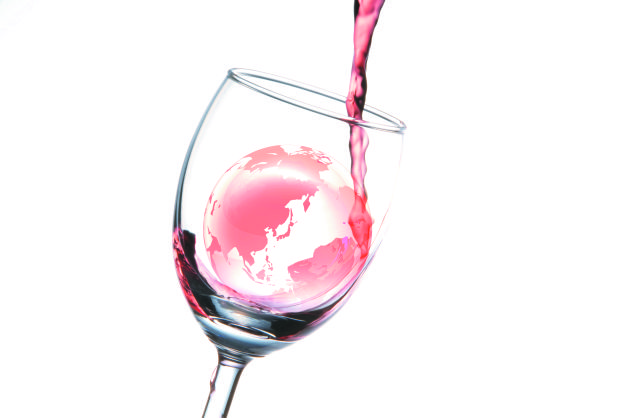
UK is the world’s third largest ecommerce market for alcohol – but can you name one and two?
The UK has been identified as one of the top countries in the world for sales of alcohol online, with a surprising outcome for the first and second spot.
China is by far the largest online market for alcohol worldwide, with over $6bn worth of turnover coming from ecommerce platforms annually.
That’s triple the turnover of the world’s second and third biggest markets, France and the UK respectively, which both hover around the $2bn mark.
The US, far from being a heavy online hitter, comes in fourth place.
Thorsten Hartmann, director of customers analytics, IWSR, says the US’s position online shouldn't be surprising, as it is hampered by alcohol legislation differing widely across state lines with “50 markets and 50 difference pieces of legislation” to contend with.
“You would think the US would be at the forefront of ecommerce, but it only accounts for around 2% of beverage alcohol turnover, whereas in China, it’s a much more significant 8% or 9%.
“China is slightly different to other markets in that it has big players like Tmall and JD.com that have real trust among consumers. In China, there’s a lot of distrust in alcohol the more premium you go, especially in bricks and mortar. Consumers are turning to these big platforms to seek out quality and avoiding counterfeit.”
For the UK and France, the growth of online is largely down to the rise of the supermarkets – many of which were quick off the mark to set up their own offshoots online.
And this feeds into the dominance of wine in the online space.
Globally, wine is the dominant category in most markets, as the “Majestics and supermarkets of the world” capitalised on consumer desire for convenience.
“We believe wine will continue to dominate as opposed to spirits, partly because [volume] turnover is much higher in terms of home consumption. When we asked consumers why they buy alcohol online, convenience was the key driver. Wine is being done in cases, and no one wants to buy a big case of wine and get it home from the supermarket,” Hartmann said.
The data is part of a second, expanded version of a report from the IWSR which looks into the “potentially disruptive” and undoubtedly “important” ecommerce channel, spanning 20 markets worldwide.
Speaking at a panel discussion on the topic at last week’s Bar Convent Berlin, Hartmann and other panelists agreed that brands could no longer afford to ignore online channels.
“You don’t want brands to disappear into this channel without your knowledge, and if they are, you need to fix that. You should have a say and certainly use it to your advantage: keep in touch with laws of the country – the legal drinking age for example – and what kind of prices are being offered versus your pricing strategy,” Hartmann commented.
The benefits seem to outweigh the challenges however.
Data harvesting, including ratings and comments, ‘control’ over the brand’s image, versus the interpretation of a retailer in store, and creating desirability through glassware, gift boxes and special editions were all highlighted by panelists as great ways to boost revenues and create new streams.
Panelists also highlighted the benefits of ecommerce to the niche spirits category.
Spirits lead the way online only in the Far East (where 91% of all spirits sold online is Baijiu). The rest of the world’s ecommerce sales are dominated by wine.
But start up craft producers in categories like whisky and gin are finding “new homes” with specialist drinks platforms like boutique e-tailer, Maverick Drinks.
Hartmann said: “It’s more difficult to get into bricks and mortar or wholesale, but if [you’re a craft producer] on a specialist site which can convey specialist knowledge about your product, that can help a lot.”
On targeting China, Hartmann added: “In China, you really need to pay attention to what’s happening and also use it to your advantage. It’s difficult to break into China as a new brand, but it’s relatively easy to team up with an ecommerce platform and stick to that. It’s not a bad strategy for a craft brand to have.”
Keywords:
- wine
- UK
- US
- China
- Spirits
- Online
- alcohol
- alcohol online
- ecommerce
- turnover
- IWSR
- markets
- JD
- hartmann
- offered versus
- data harvesting
- hartmann commented
- pricing strategy
- harvesting including ratings
- data harvesting including
- ignore online channels
- online channels “you
- channels “you don’t




